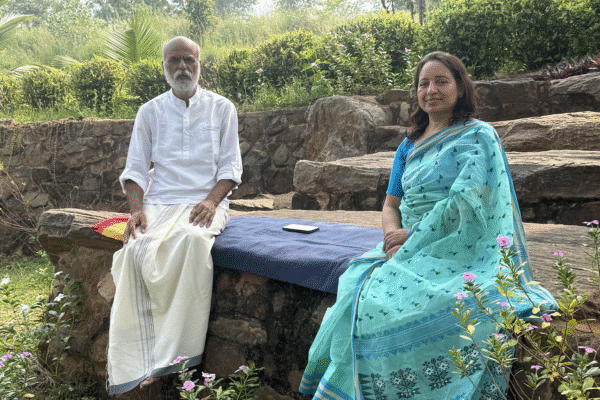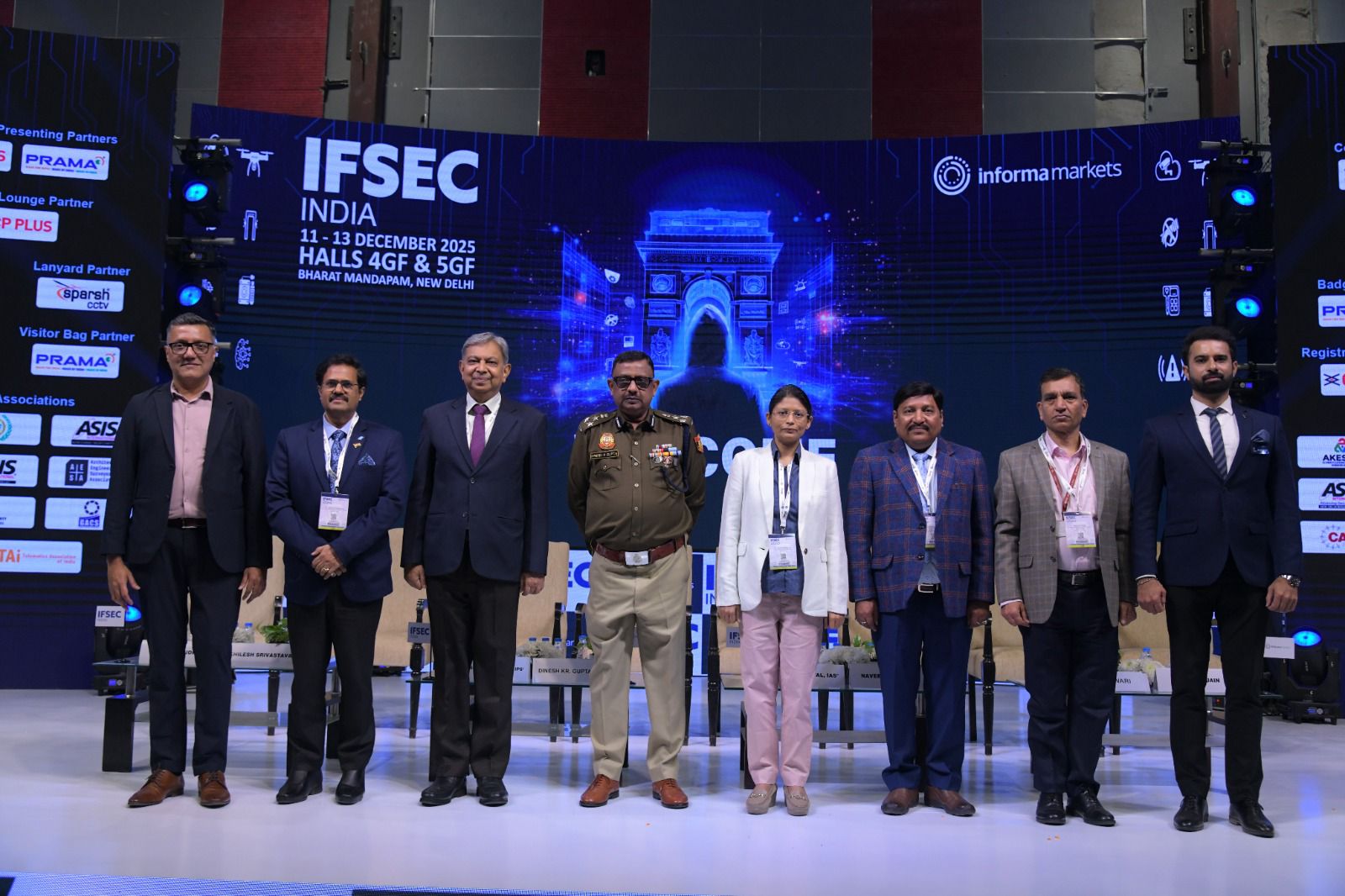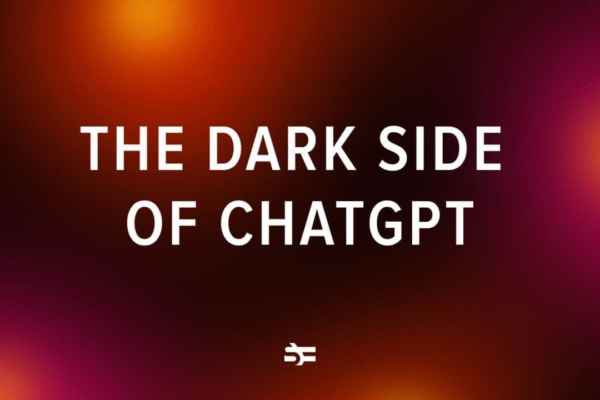
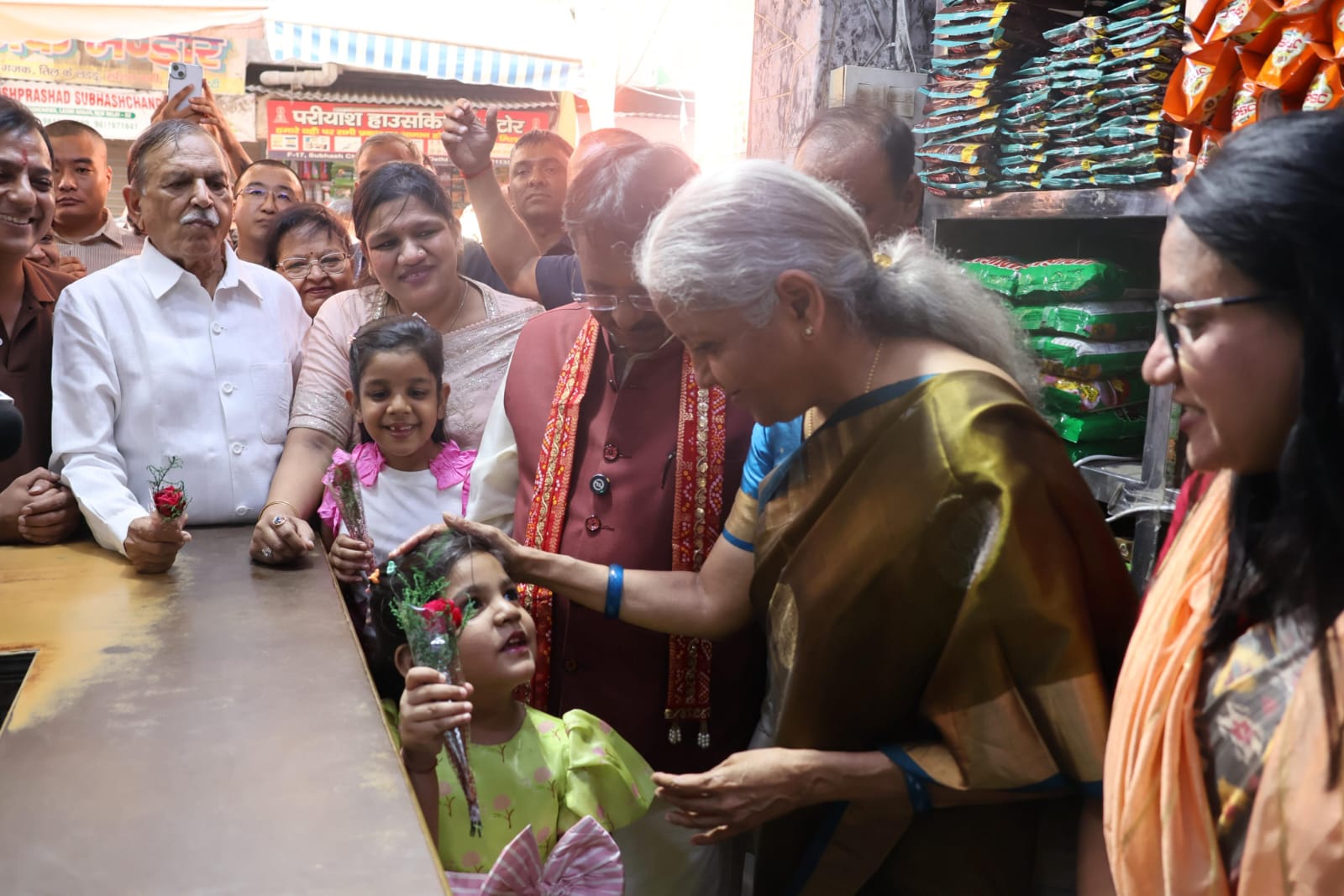
The GST Modi rate cut has sparked fresh political debate. After eight years of steep taxes, the government is now celebrating relief. Essentials like food, toiletries, and electronics saw reduced tax slabs. But critics question the timing, calling it a poll gimmick disguised as policy.
When the Modi government announced GST rate cuts on essential items—like packaged food, hygiene products, and electronics—it wasn’t just an economic decision. It came packaged with a full-blown campaign: “GST Savings Utsav.”Union ministers were dispatched across the country to promote the message that this government is easing burdens.
But the timing was impossible to ignore. Inflation is biting. Elections are approaching. And the public mood? Cautious, even resentful.
Critics were quick to highlight the irony. The same government that levied steep GST rates for eight years was now taking a victory lap for cutting them. A viral post summed up the sentiment:
“ख़ुद ही इतना ज़्यादा GST लगाया, ख़ुद ही कम किया, अब ख़ुद ही पीठ थपथपा रहे हैं।”
From Burden to Bazaar: The Market Photo-Ops
Adding fuel to the optics, Union Finance Minister Nirmala Sitharaman stepped into East Delhi’s bustling Laxmi Nagar Market. Cameras followed her as she met traders and “took feedback” on the revised GST rates.gst-reforms-india-revenue-loss-report/
It was the kind of public interaction that many wished had happened years earlier—when small businesses were collapsing under compliance stress and skyrocketing tax rates.
Back then, Sitharaman called GST a “gift to the nation.” Today, she walks through markets where those very traders once protested against the same policy. For critics, this isn’t public outreach—it’s political theatre. Ministers who once defended high GST rates are now claiming credit for modest corrections.
The public is asking: Where were these ministers when the GST rollout broke the back of small enterprises?
GST’s Journey: A Reform Wrapped in Revenue
Launched in July 2017, GST replaced a web of state and central taxes. Billed as a transformative reform, it promised efficiency, transparency, and a boost to GDP.
But reality painted a different picture.
The tax came with multiple slabs—0%, 5%, 12%, 18%, and 28%—confusing for businesses and costly for consumers. Even essentials like sanitary pads, soaps, and household appliances faced high rates. Monthly filings, e-invoicing, and penalties turned compliance into a nightmare for MSMEs.
Public criticism intensified. The system was dubbed a “loot mahotsav” by opposition leaders. They accused the government of using GST to fill its coffers at the expense of ordinary people.
And they may have a point.
How Much Has Been Collected So Far?
- FY 2024-25: ₹22.08 lakh crore
- FY 2023-24: ₹20.18 lakh crore
- FY 2022-23: ₹18.08 lakh crore
- FY 2021-22: ₹14.83 lakh crore
- FY 2020-21: ₹11.37 lakh crore
Over just five years, GST collections have nearly doubled, putting enormous indirect tax pressure on consumers. These numbers underline the weight the average Indian carried—often silently—under the guise of reform.
Why Cut Now? Strategy, Not Sympathy
Yes, rate reductions offer relief. But they arrive after years of high taxation, just months before a national election. The shift in tone—from defending GST to celebrating its cuts—appears less like policy evolution and more like political strategy.
The government insists these cuts are part of a broader rationalisation. Yet the timing, the “utsav” branding, and the sudden market visits suggest another story.
India does need tax reform. It also needs fairness and transparency. But what it doesn’t need is celebration without accountability.
As the public reflects on eight years of GST pain, the question remains:
Is this course correction or just another campaign?
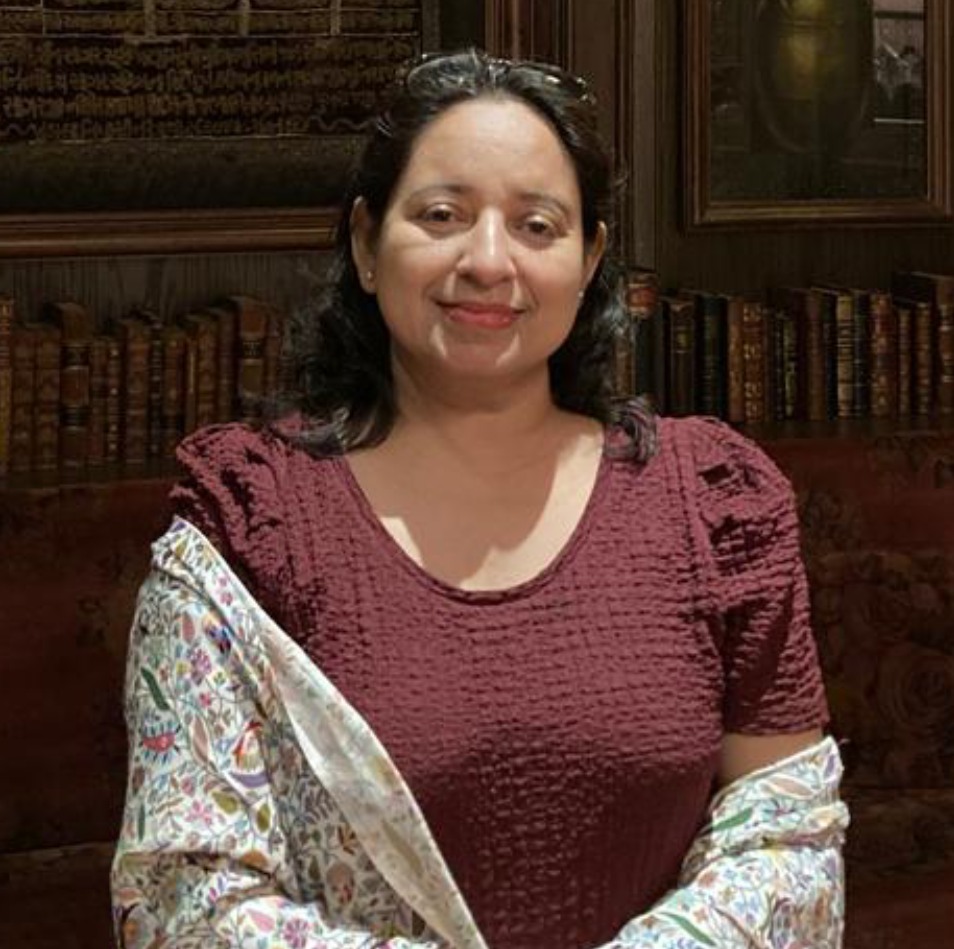
A seasoned journalist with over 30 years of rich and diverse experience in print and electronic media, Prabha’s professional stints include working with Sahara English Magazine, Pioneer and JAIN TV and All India Radio. She has also been writing in Pioneer. She has also produced several documentary films through her self-owned production house Gajpati Communications. She is also the Station Director of Aligarh-based FM Radio Station, and the General Secretary of WADA NGO.



